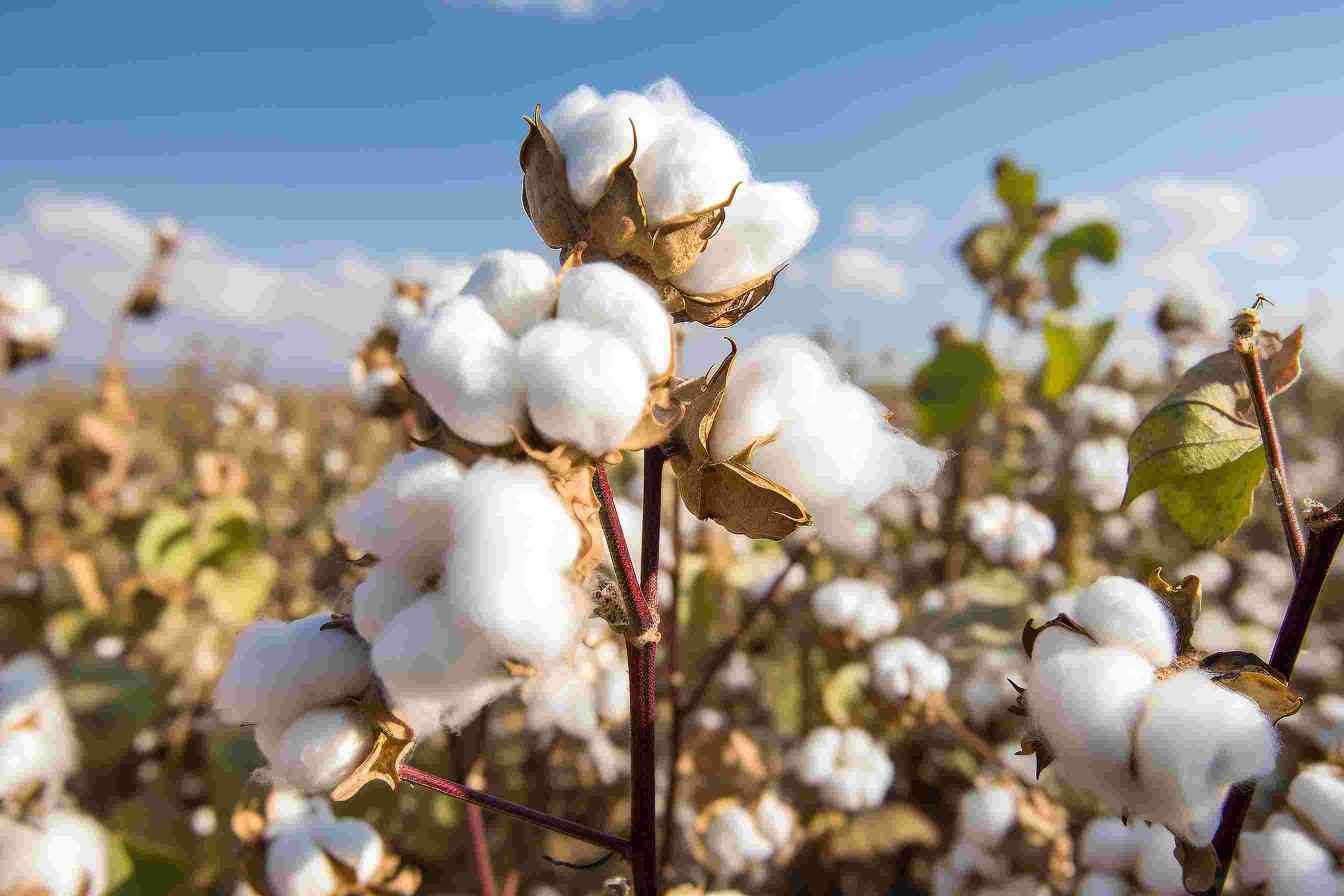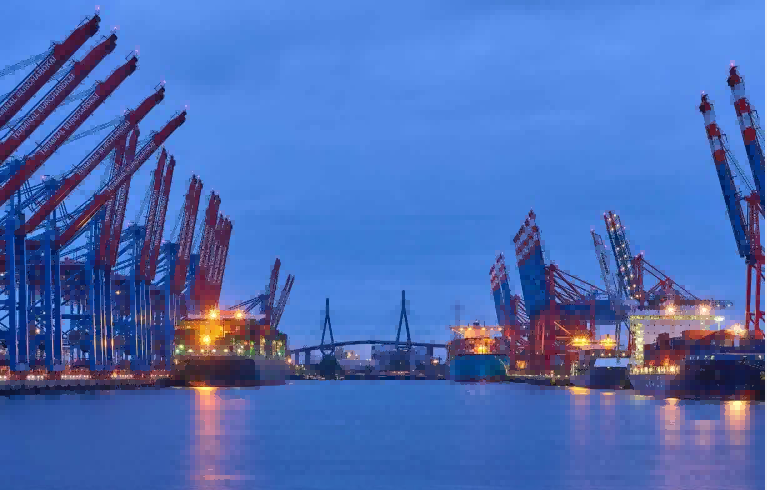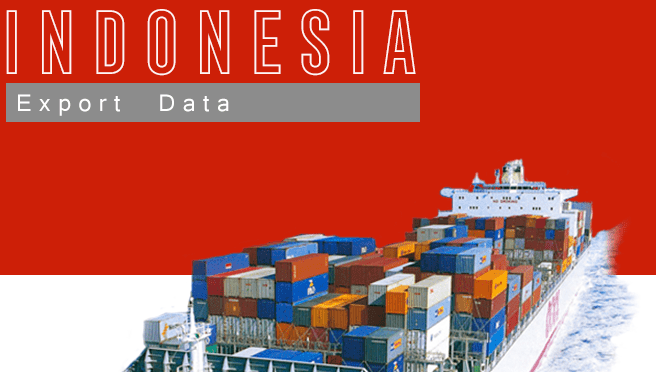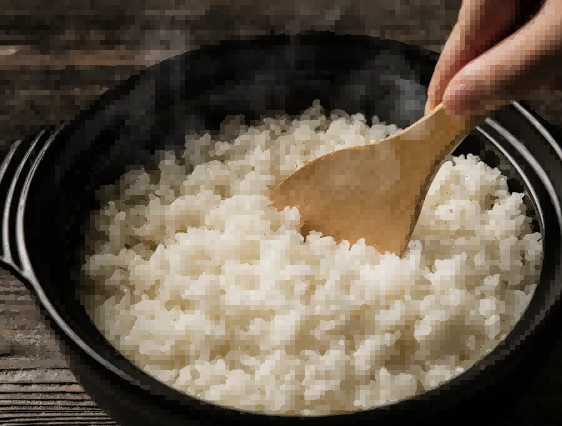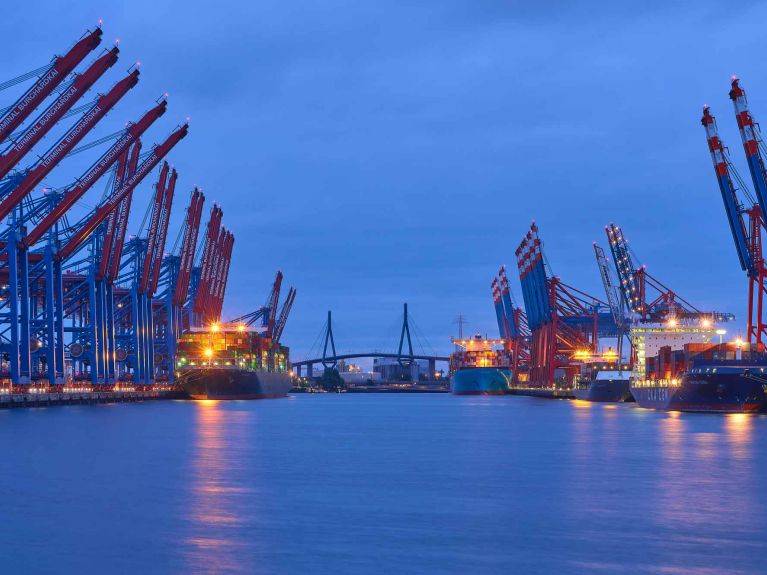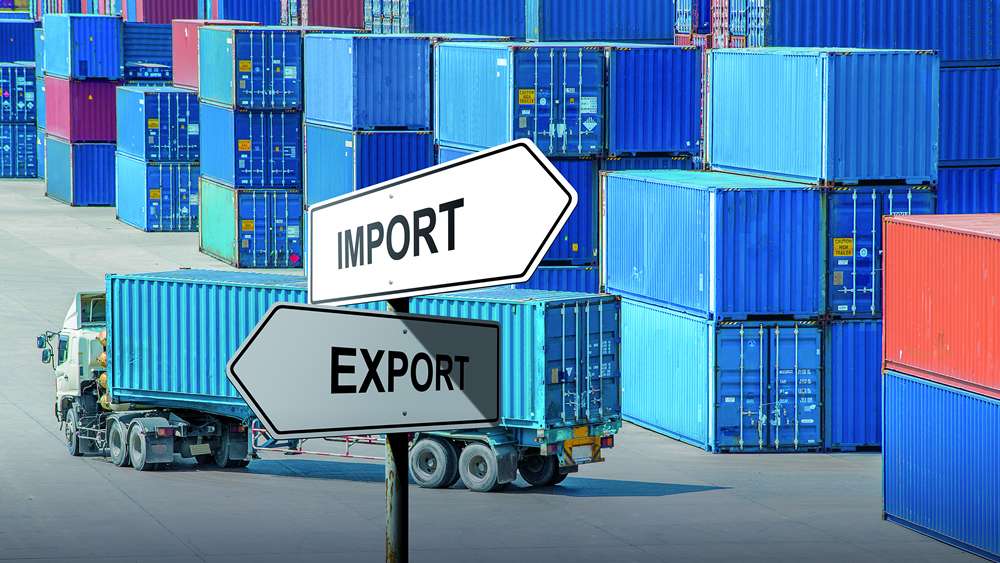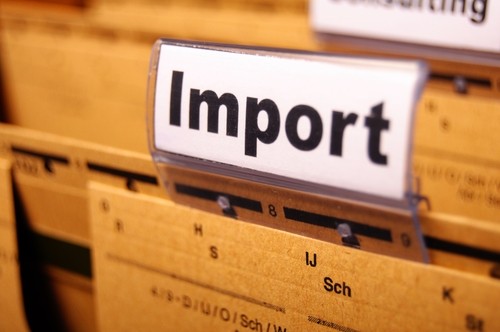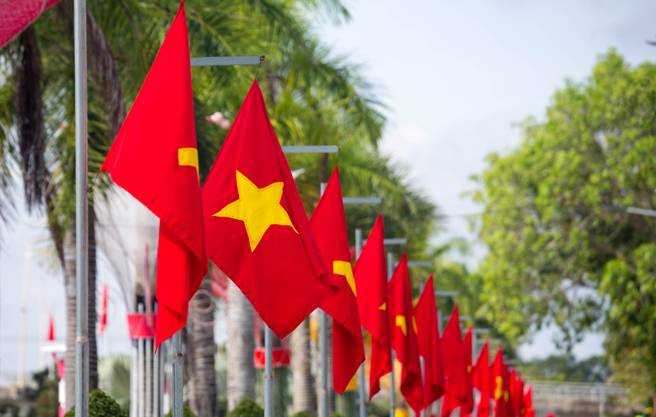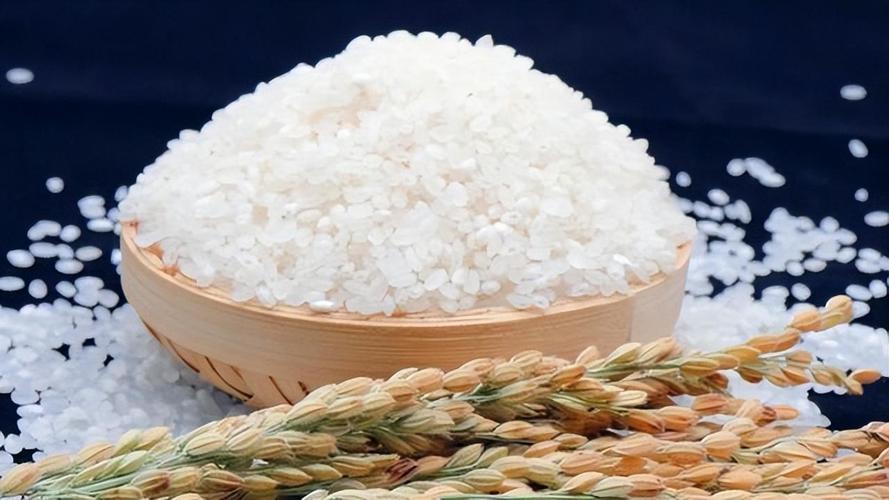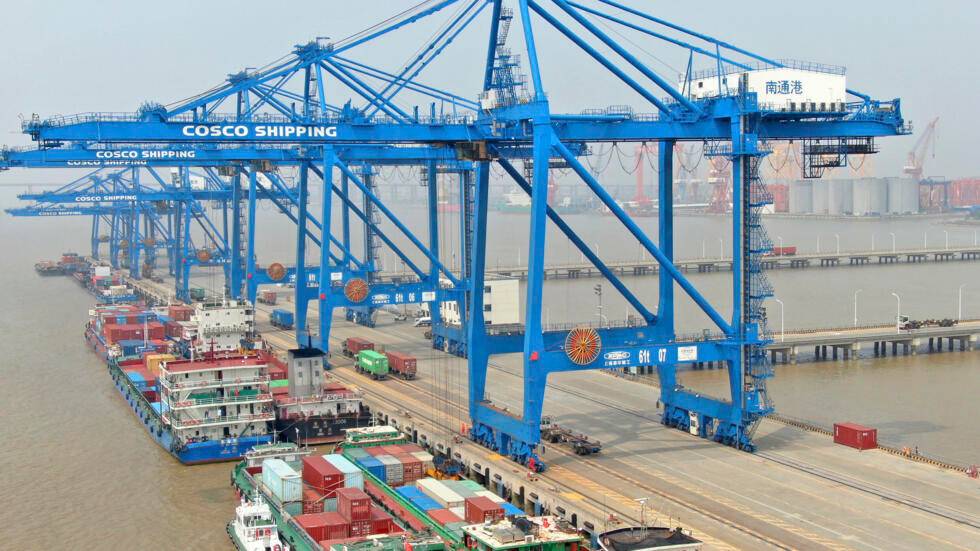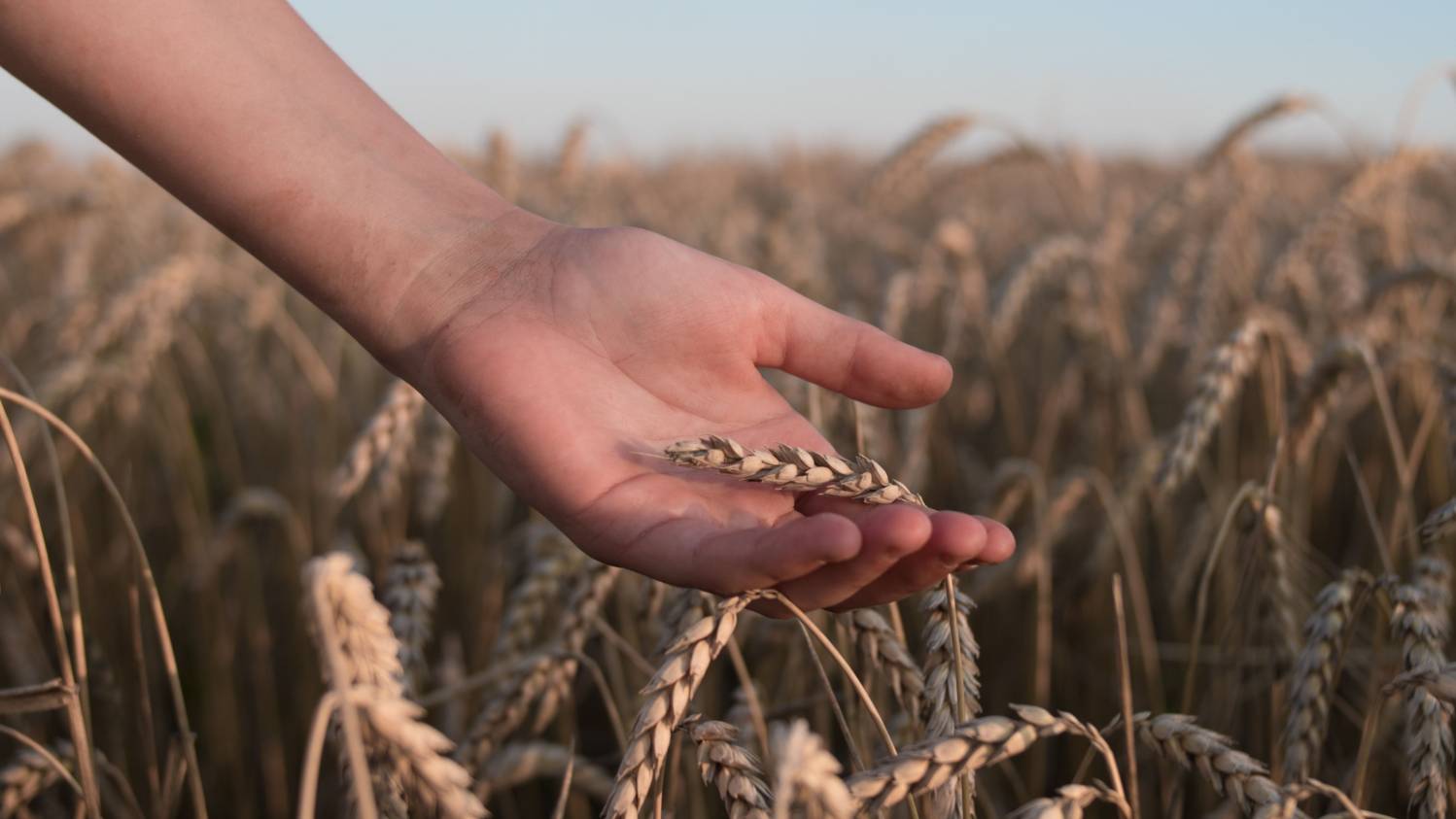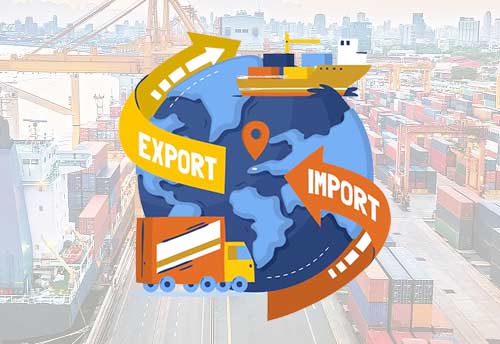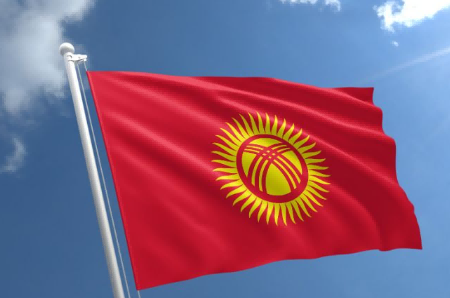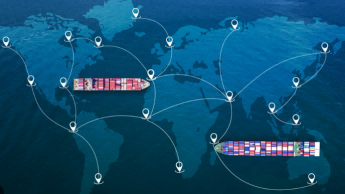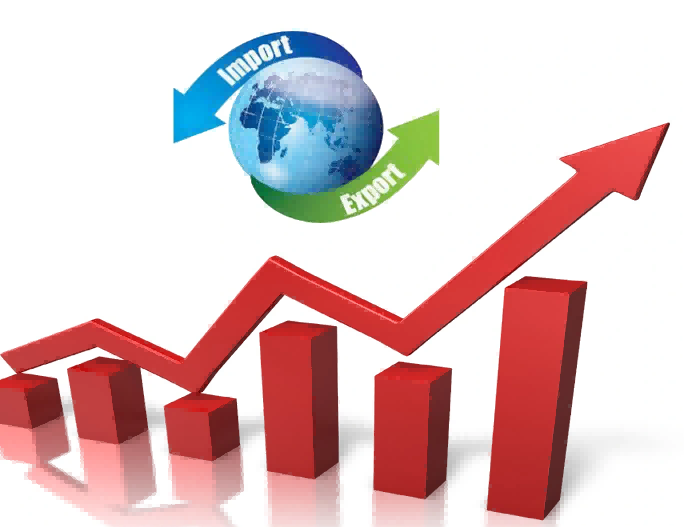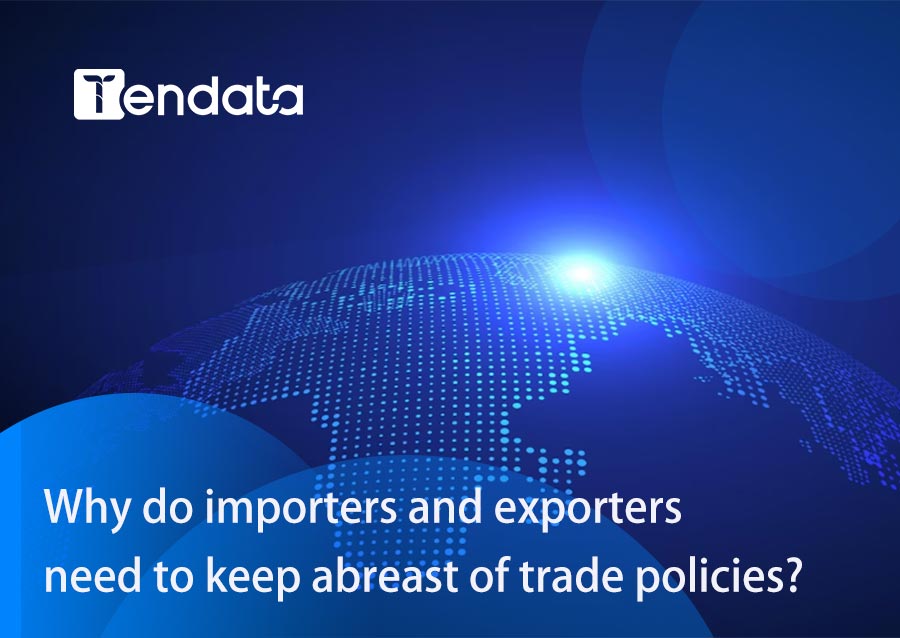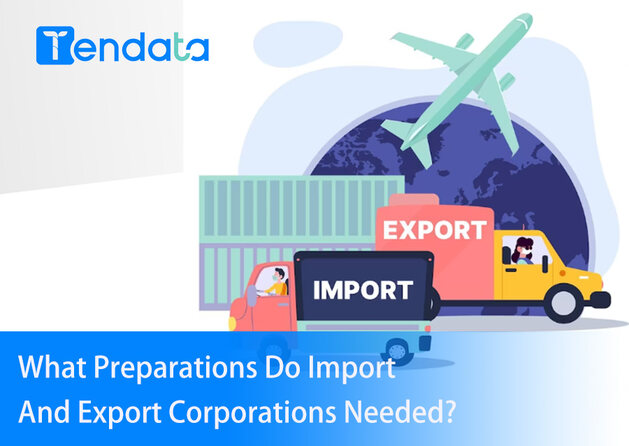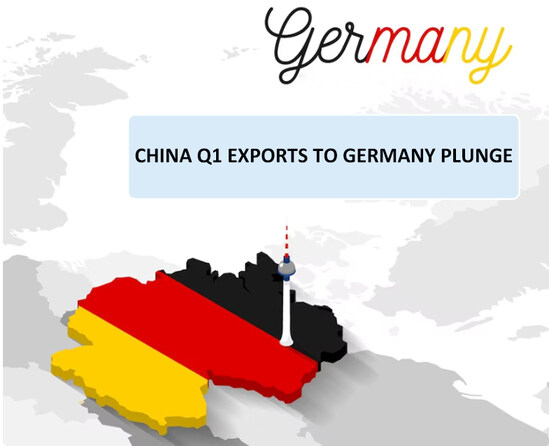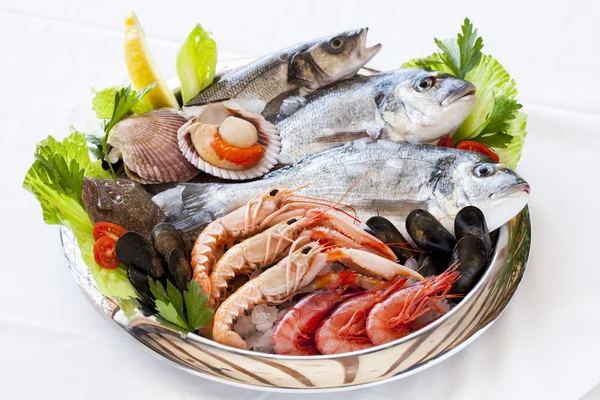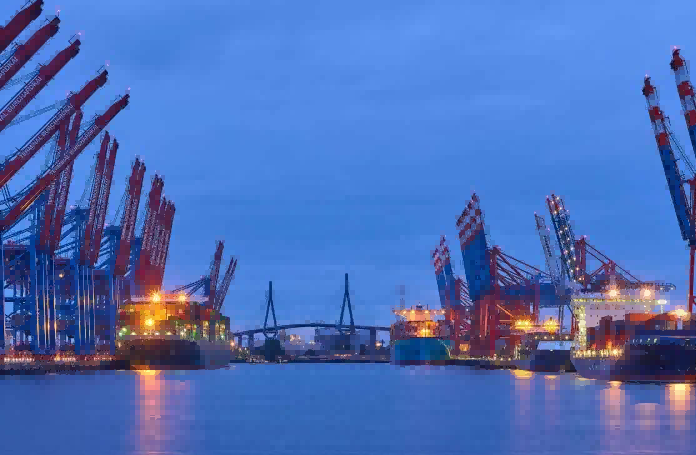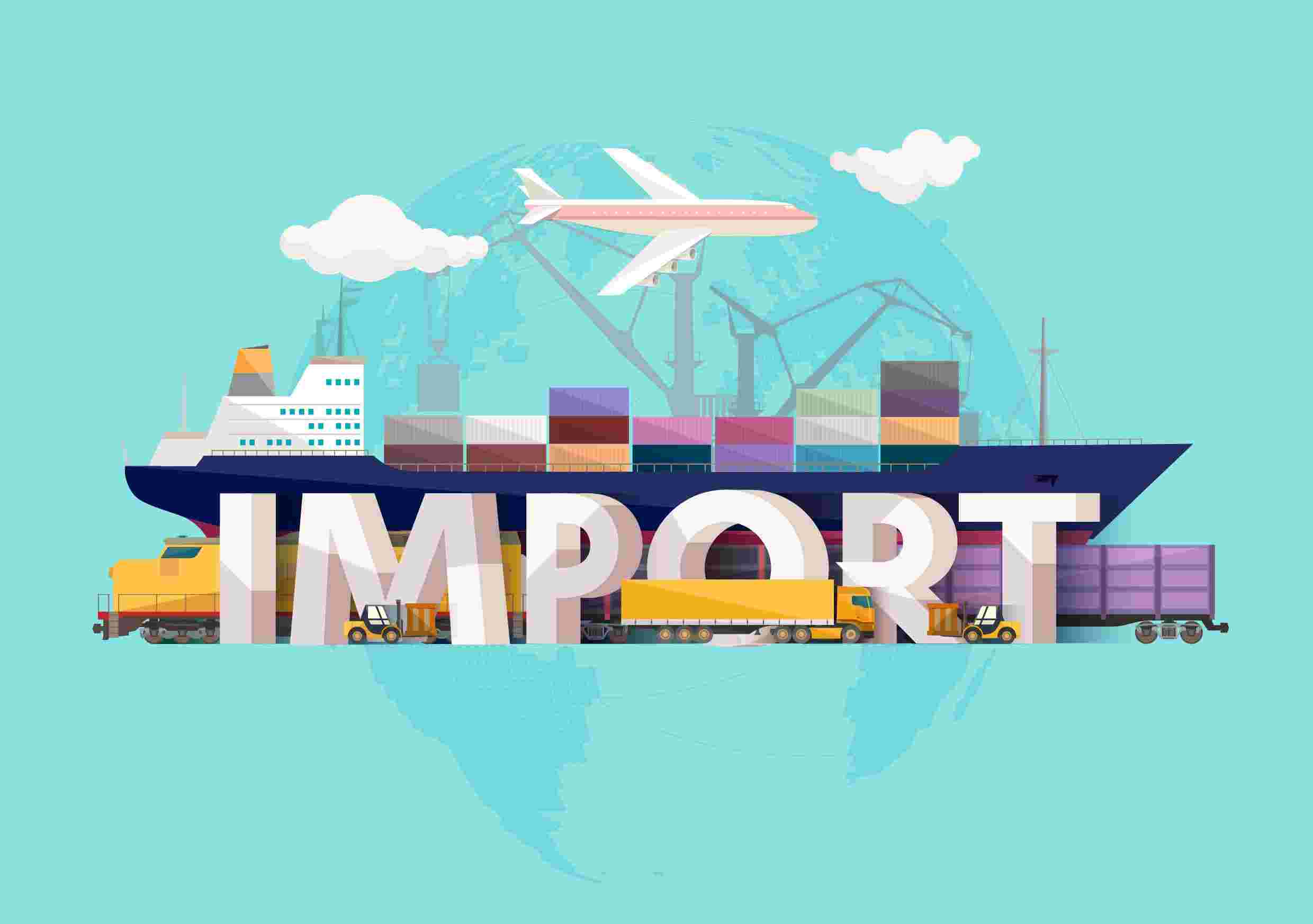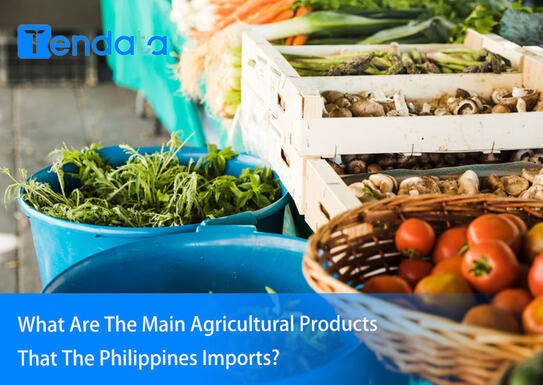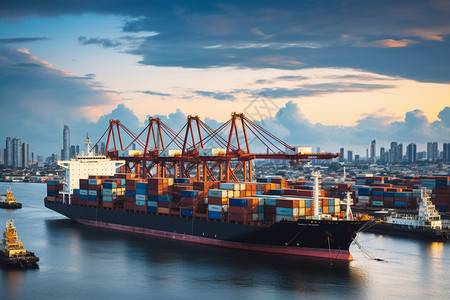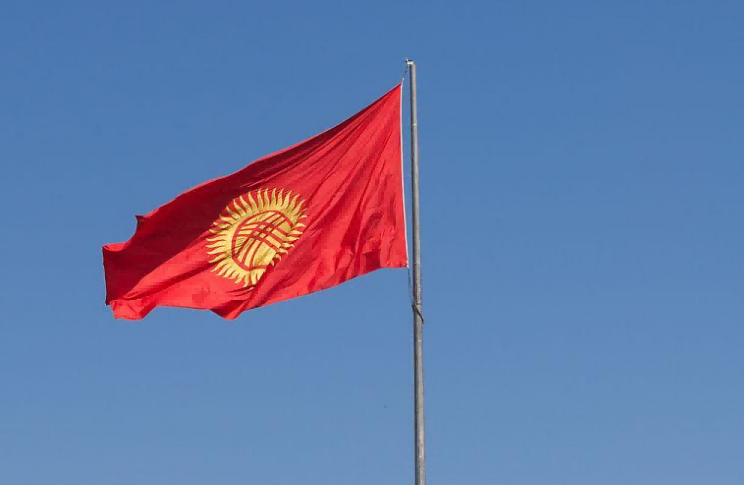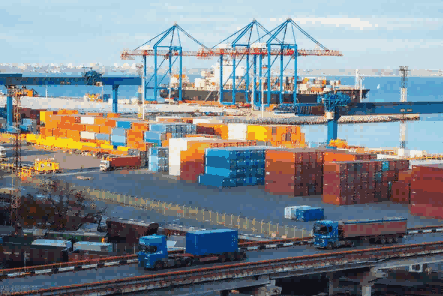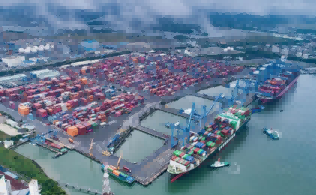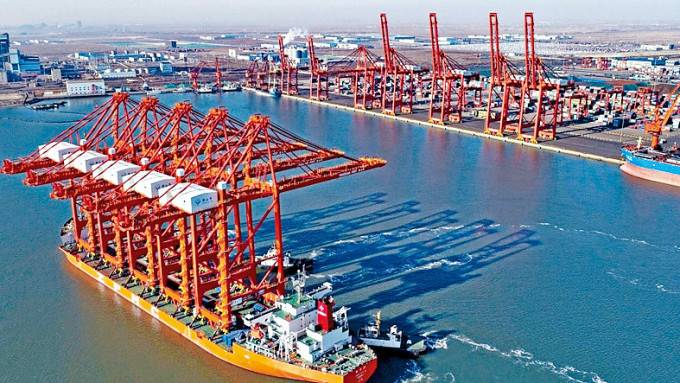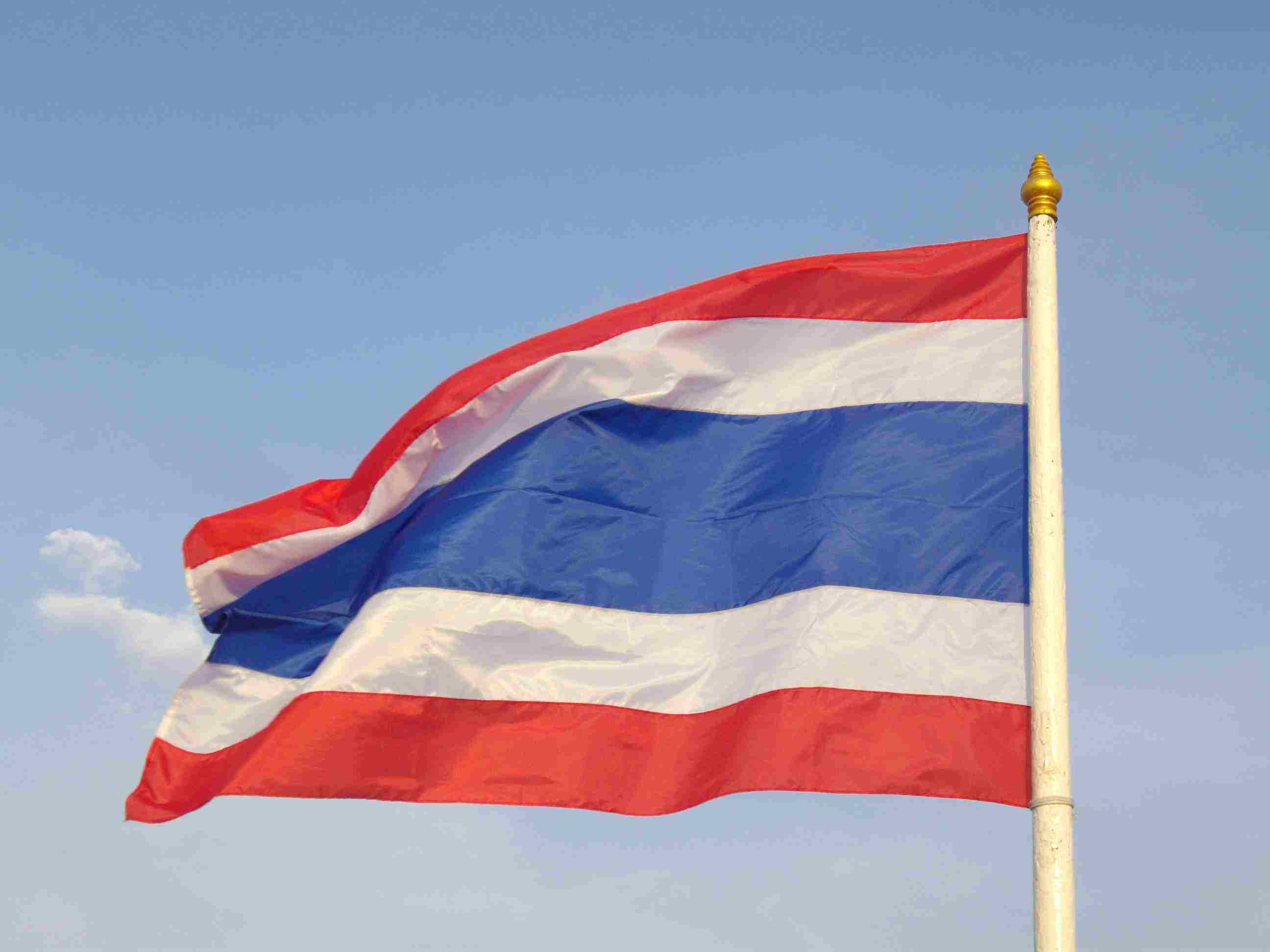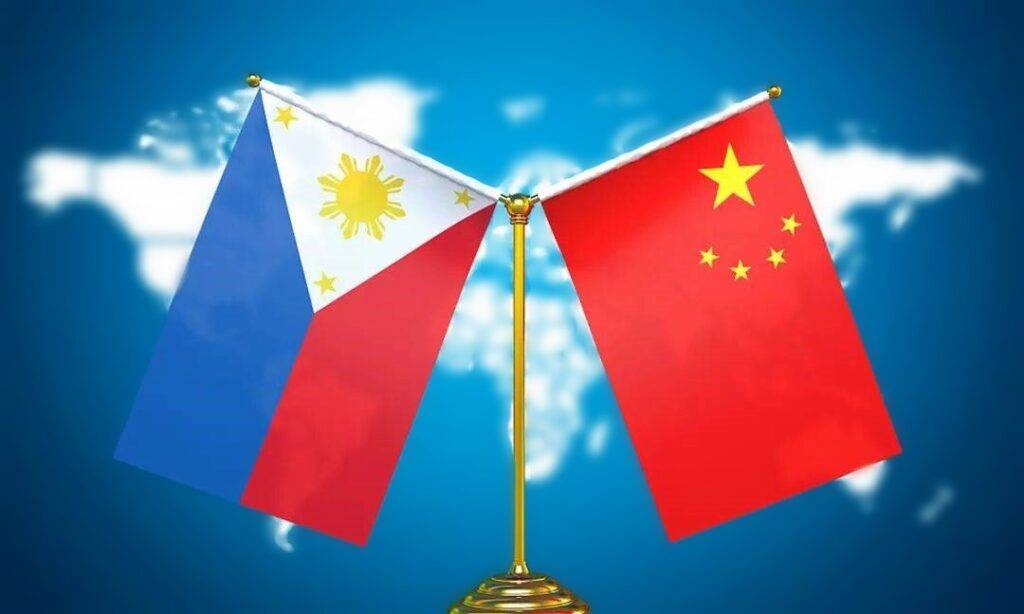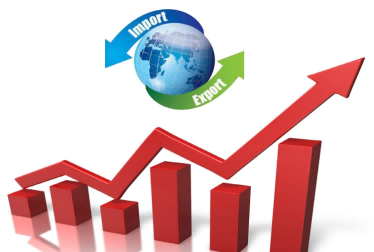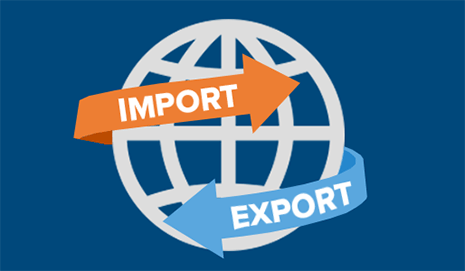 Trade Data Provider
Trade Data Provider
 2024-08-02
2024-08-02
Rice is one of the most widely consumed staple foods globally, making its trade an essential part of the global agricultural economy. Numerous countries are involved in the export of rice, with varying scales of production and market reach. Here is a detailed overview of the top 10 rice exporters in global trade.
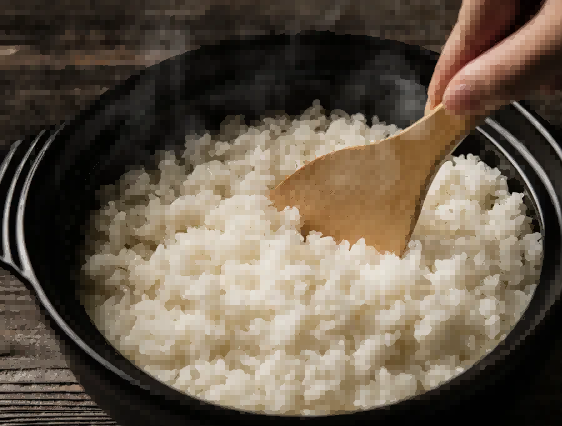
1. India
India stands as the largest exporter of rice in the world. The country exports both basmati and non-basmati varieties to various markets across the globe, including the Middle East, Africa, and Asia. Key factors contributing to India’s dominance include:
Vast Agricultural Land: Extensive arable land suitable for rice cultivation.
Government Support: Policies and subsidies supporting farmers and exporters.
Diverse Varieties: A wide range of rice types catering to different market preferences.
2. Thailand
Thailand is renowned for its high-quality jasmine rice, which is a premium product in the international market. The country's rice exports are supported by:
Strong Brand Recognition: Thai jasmine rice is a well-known and trusted brand globally.
Efficient Supply Chain: Advanced logistics and supply chain management.
Government Initiatives: Programs aimed at promoting rice exports and maintaining quality standards.
3. Vietnam
Vietnam has emerged as a significant player in the global rice export market, particularly in the last few decades. Key strengths include:
High Yield Production: Efficient farming techniques leading to high yields.
Competitive Pricing: Offering quality rice at competitive prices.
Strategic Market Expansion: Expanding export markets in Africa, the Middle East, and Asia.
4. Pakistan
Pakistan is a major exporter of basmati rice, known for its long grains and aromatic quality. Factors contributing to Pakistan's strong export position are:
Favorable Climate: Ideal conditions for growing high-quality basmati rice.
Government Support: Policies that support farmers and export activities.
Quality Assurance: Emphasis on maintaining high standards and certifications.
5. United States
The United States, particularly the states of Arkansas, California, Louisiana, Mississippi, Missouri, and Texas, are significant exporters of rice. Key factors include:
Technological Advancements: Use of modern agricultural technology and practices.
High Standards: Strict quality control and food safety standards.
Diverse Varieties: Exporting a wide range of rice types, including long-grain, medium-grain, and specialty rice.
6. China
China is primarily known as the world's largest producer and consumer of rice. However, it also exports significant quantities, particularly to neighboring countries. Key factors include:
Large Production Scale: Extensive rice farming operations.
Government Policies: Supportive policies to balance domestic consumption and export.
Strategic Trade Relationships: Leveraging trade relationships with countries in Asia and Africa.
7. Myanmar
Myanmar has a long history of rice cultivation and exports significant quantities to neighboring countries and beyond. Key strengths include:
Rich Agricultural Land: Fertile land ideal for rice farming.
Traditional Farming Practices: Long-standing traditions and expertise in rice cultivation.
Emerging Markets: Growing export markets in Asia and Africa.
8. Cambodia
Cambodia is an emerging player in the global rice export market, known for its fragrant rice varieties. Key factors include:
High-Quality Varieties: Focus on high-quality fragrant and organic rice.
Government Initiatives: Programs aimed at boosting rice exports.
Sustainable Practices: Emphasis on sustainable farming practices.
9. Brazil
Brazil is one of the largest rice producers in Latin America and exports significant quantities to various markets. Key factors include:
Diverse Climate: Suitable conditions for growing different types of rice.
Advanced Farming Techniques: Use of modern technology in agriculture.
Strategic Location: Proximity to major export markets in Latin America and beyond.
10. Uruguay
Uruguay, though small in size, is a notable exporter of high-quality rice. Key factors include:
Efficient Production: High yield production with advanced agricultural practices.
Quality Focus: Emphasis on maintaining high standards and certifications.
Strong Export Network: Well-established trade relationships in Latin America and Europe.
Conclusion
The global rice export market is dominated by a mix of traditional and emerging players. Countries like India, Thailand, and Vietnam continue to lead the market with their extensive production and export capabilities. Meanwhile, countries like Cambodia and Myanmar are gaining ground with their high-quality rice varieties. Understanding the strengths and strategies of these top exporters can provide valuable insights for stakeholders in the global rice trade.
Capture Global Customers with One Click and Precisely Target Potential Business Opportunities
Tendata T-Discovery leverages robust data resources as its foundation, seamlessly integrating trade data, business data, and internet data. Breaking through data barriers, it offers pragmatic and convenient solutions, enabling direct access to target customer groups through authentic trade transaction data. This facilitates comprehensive understanding of both existing and potential buyers in the target market, swiftly identifying suitable customer groups for development.
Three robust data resources, one-click connectivity, multiple filtering methods, and flexible, efficient visual presentation of results make T-Discovery stand out prominently.
1. Trade Data: Conduct market research, predict product trends, develop and maintain customer relationships, monitor industry trends, and set pricing strategies.
2. Business Data: Access enterprise details, operational status, shareholder information, business reputation, financial status, and contact details.
3. Internet Data: Explore global enterprise products, pinpoint company information accurately, access a wide array of contact information (key personnel and positions, phone numbers, official websites, emails, addresses, etc.), and link to major social media platforms (LinkedIn, Facebook, Twitter, etc.).

Category
Leave Message for Demo Request or Questions


 T-info
T-info T-discovery
T-discovery

 My
Tendata
My
Tendata Market Analysis
Market Analysis Customer
Development
Customer
Development Competitor
Monitoring
Competitor
Monitoring Customer Relationship
Customer Relationship





